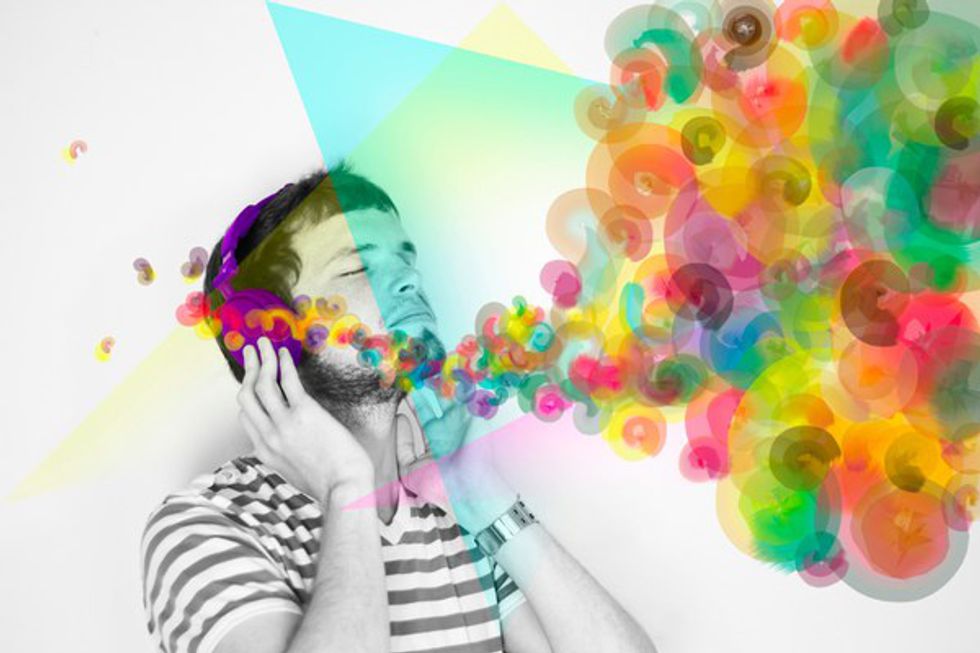The idea of hearing sounds, tasting images, and feeling colors makes no sense to most people. As we reach the age of around three years old, our senses start to form clear boundaries against one another and they stop sharing the same space in our brain. For some people, like me, those boundaries never become very rigid. This is called a neurological condition called synesthesia: a “confusion of the senses.”
Scientists don’t have a very firm grasp on synesthesia yet. The scientific community does know that everyone experiences synesthesia at some level; for most people it’s very low. This is why everyone can understand “sharp cheddar” and “piercing sounds.”
There are many famous people who had or have synesthesia, particularly artists and musicians, such as Vincent van Gogh, Marilyn Monroe, and even composer Franz Lizst. Many famous artists and figures are what as known as “pseudo-synesthetes;” people who expressed a form of synesthesia in their art but do not actually have it. There is also a lot of speculation of past and present well known people who may have been synesthetes based on things they have said in their art or otherwise -- for example, Friedrich Nietzsche describes Shoepenhauer’s words as “green and black.” Many people with synesthesia involuntarily assign colors or personalities to words and numbers -- this kind of synesthesia is called ordinal linguistic personification. For example, I see the number eight as a woman who is sort of stuck up and vain.
There are two generally accepted umbrella forms of synesthesia: projective and associative. Projective is when one will actually see colors and hear sounds when their synesthesia is triggered; i.e., if a projective synesthete sees the color sage green, they may actually hear the sound of a water bottle cracking. Associative is when one feels a strong connection between the stimulus and the sense; like when I see green and blue plaid, I’m very much reminded of the smell of a park I went to as a child, but I don’t actually experience the smell.
There are several subcategories of synesthesia -- my mother and I both have spatio-temporal synesthesia, which is when one can see time as a spatial construct. It is thought that the most common type of synesthesia is chromesthesia, which is when sounds translate to colors. This is often where pseudo-synesthesia and speculated synesthesia for famous people comes into play, mostly in music and visual art.
While synesthesia is technically a neurological condition, most of us synesthetes do not view it as a hindrance to our lives, in fact, most of us feel blessed to have it, since it can be an aid to creative practices and memory. Many people with synesthesia do not know that our intertwining of the senses is unusual until we learn that the general population does not share these experiences.
If you have ever attached a color to a sound, or a taste to a physical sensation, I urge you to look further into synesthesia and consider the fact that you may have it. There are some books written on the topic, as well as some online resources. Becoming aware that one has synesthesia can be open a lot of doors, especially for artists and creatives.
(Statistics, facts, and general information on synesthesia paraphrased from the Wikipedia page on synesthesia.)


























